Search Articles
Browse Content
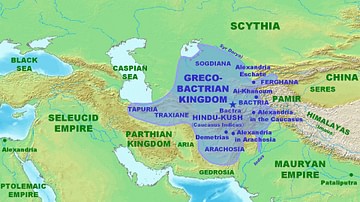
Article
Greco-Bactrian and Indo-Greek Kingdoms in Ancient Texts
The rarity of the appearance of Greco-Bactrian and Indo-Greek kingdoms in ancient literature is one of the reasons why those states are so little-known today. Indo-Greek literature did exist, but none has been found that speaks about the...
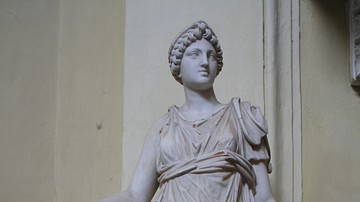
Article
Hygieia, the Goddess of Health
Modern medicine has its origin in the ancient world. The oldest civilizations used magic and herbs to cure their sick people, but they also used religion to free them from harm and to protect their health. The medical care of today has its...
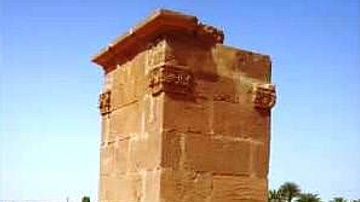
Article
Libyan' Inscriptions in Numidia and Mauretania
When the Numidian king Massinissa (c.241-148) died, the people of Dougga (or: Thugga) decided to build a monument in his honour. A bilingual inscription (RIL 2, KAI 101) says the building was erected in the tenth reign year of his successor...
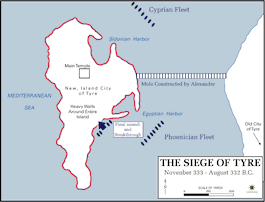
Article
Alexander's Siege of Tyre, 332 BCE
After defeating Darius III at the battle of Issus in November 333 BCE, Alexander marched his army (about 35,000-40,000 strong) into Phoenicia, where he received the capitulation of Byblus and Sidon. Tyrian envoys met with Alexander whilst...
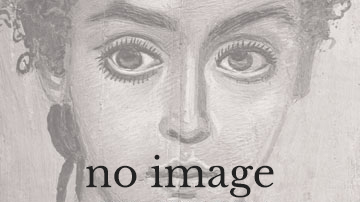
Article
Illness and medicine in Roman Britain
Although medical science was still in its infancy during Roman times, knowledge of medicinal plants was widespread and sick people may have been treated with herbal remedies by relatives and friends. Environment, diet, exercise and hygiene...

Article
The people of Iron Age Britain
The people of Iron Age Britain were physically very similar to many modern Europeans and there is no reason to suppose that all Iron Age Britons had the same hair colour, eye colour or skin complexion. Iron Age Britons spoke one or more...

Article
The health of Iron Age Britons
It is likely that many people in Iron Age Britain would have died from diseases as babies or children. Many of those people who survived to be adults rarely lived beyond the ages of 35-45. Only about a third of all adults lived longer...
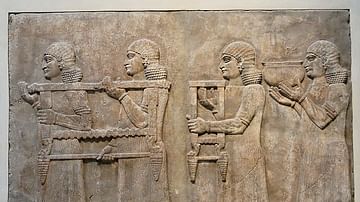
Article
Assyrian reliefs
Mostly dating from the period 880-612 BCE, these carved scenes are found on free-standing stelae and as panels cut on cliffs and rocks at distant places reached by the Assyrian kings during their campaigns. The most spectacular use of stone...
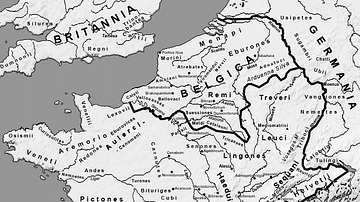
Article
The Battle of Colmar (58 BCE): Caesar against Ariovistus
The Battle of Colmar (58 BCE): one of the first battles of the Gallic War, in which Caesar defeated an army led by the Germanic leader Ariovistus. In 58 BCE, Julius Caesar had invaded Central Gaul. The pretext had been the plan of the...
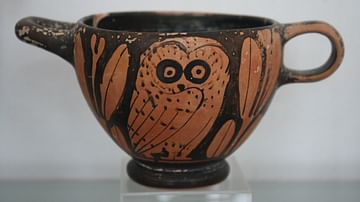
Article
Making and decorating Athenian black- and red-figure vases
The first stage in making a pot is to dig the clay out of the ground. Pieces of grit or plant matter must be removed before the clay can be used. This was done in ancient times, as it is today, by mixing the clay with water and letting the...